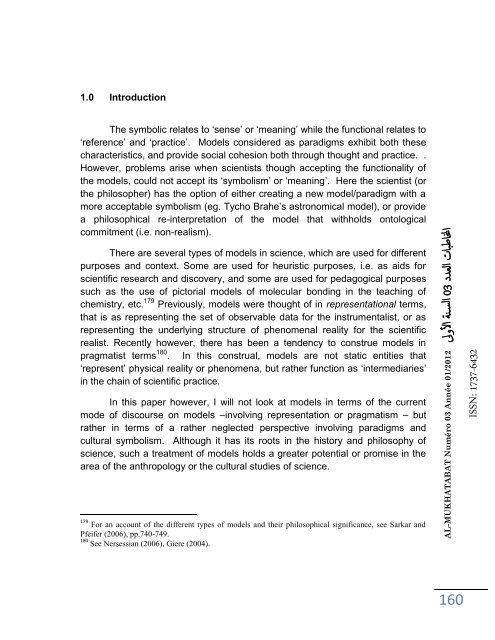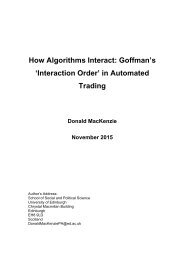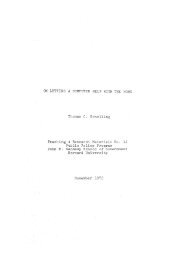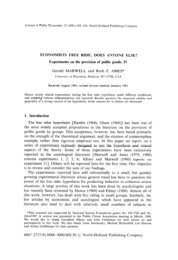n3-al-mukhatabat-journal
n3-al-mukhatabat-journal
n3-al-mukhatabat-journal
You also want an ePaper? Increase the reach of your titles
YUMPU automatically turns print PDFs into web optimized ePapers that Google loves.
1.0 Introduction<br />
The symbolic relates to ‘sense’ or ‘meaning’ while the function<strong>al</strong> relates to<br />
‘reference’ and ‘practice’. Models considered as paradigms exhibit both these<br />
characteristics, and provide soci<strong>al</strong> cohesion both through thought and practice. .<br />
However, problems arise when scientists though accepting the function<strong>al</strong>ity of<br />
the models, could not accept its ‘symbolism’ or ‘meaning’. Here the scientist (or<br />
the philosopher) has the option of either creating a new model/paradigm with a<br />
more acceptable symbolism (eg. Tycho Brahe’s astronomic<strong>al</strong> model), or provide<br />
a philosophic<strong>al</strong> re-interpretation of the model that withholds ontologic<strong>al</strong><br />
commitment (i.e. non-re<strong>al</strong>ism).<br />
There are sever<strong>al</strong> types of models in science, which are used for different<br />
purposes and context. Some are used for heuristic purposes, i.e. as aids for<br />
scientific research and discovery, and some are used for pedagogic<strong>al</strong> purposes<br />
such as the use of pictori<strong>al</strong> models of molecular bonding in the teaching of<br />
chemistry, etc. 179 Previously, models were thought of in representation<strong>al</strong> terms,<br />
that is as representing the set of observable data for the instrument<strong>al</strong>ist, or as<br />
representing the underlying structure of phenomen<strong>al</strong> re<strong>al</strong>ity for the scientific<br />
re<strong>al</strong>ist. Recently however, there has been a tendency to construe models in<br />
pragmatist terms 180 . In this constru<strong>al</strong>, models are not static entities that<br />
‘represent’ physic<strong>al</strong> re<strong>al</strong>ity or phenomena, but rather function as ‘intermediaries’<br />
in the chain of scientific practice.<br />
In this paper however, I will not look at models in terms of the current<br />
mode of discourse on models –involving representation or pragmatism – but<br />
rather in terms of a rather neglected perspective involving paradigms and<br />
cultur<strong>al</strong> symbolism. Although it has its roots in the history and philosophy of<br />
science, such a treatment of models holds a greater potenti<strong>al</strong> or promise in the<br />
area of the anthropology or the cultur<strong>al</strong> studies of science.<br />
179 For an account of the different types of models and their philosophic<strong>al</strong> significance, see Sarkar and<br />
Pfeifer (2006), pp.740-749.<br />
180 See Nersessian (2006), Giere (2004).<br />
AL-MUKHATABAT Numéro 03 Année 01/2012 لىولأا ةن سلا 30 ددعلا تابطانا<br />
160<br />
ISSN: 1737-6432







